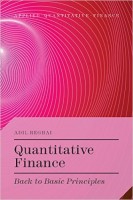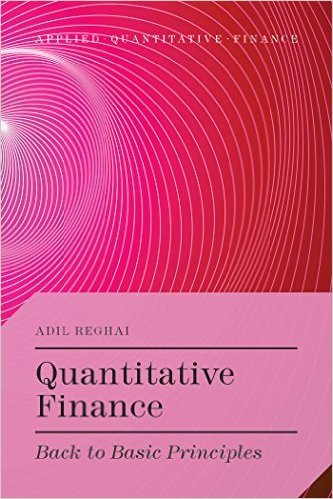 Author: Adil Reghai
Author: Adil Reghai
Publisher: Palgrave Macmillan – 223 pages
Book Review by: Venkat Subramaniam
Some of the world’s most successful investors in public and private companies, including Warren Buffett, look at “attractive” differences between price and value before buying them in part or whole. While the value of a private firm may be difficult to assess due to the need to be correct in verifying its fundamentals, public ones are easier since the numbers are laid out in black and white.
Buffett learned margin of safety, the basics of valuation, and other important lessons from the legendary investor (and his former professor at Columbia University) Benjamin Graham. When there was a huge difference between the offered price of a company in a stock exchange and the actual value based on its past, current, and future earnings – provided its assets and liabilities structure was “safe” – Graham bought it.
How many shares he purchased depended on how “attractive” it was. If the price was quite low and its earnings were high enough for him – essentially if the company had a low price-to-earnings or PE multiple, he bought a lot of shares of that company. Its margin of safety was considered high when such a situation existed in a given public firm.
Of course he also looked at other fundamentals such as the price-to-book value multiple or PB ratio. Essentially these were primary features Graham was looking for, when investing. In his earliest years as an investor, Warren Buffett learned these basics from his mentor Graham, and over the decades, he has put them to work for successful outcomes.
Buffett has been described as a ‘value investor’ in contrast to others who have been termed ‘growth investors’ because they essentially look for companies whose earnings growth is faster than the overall market average earnings growth rate. However, the legendary investor has been misunderstood by many, as he does look for high but stable earnings growth. As a matter of fact, he has stated that “value and growth are tied at the hip.”
Both value and growth investors belong to a group called fundamental investors. On the other hand, there are others (individuals and advisory / brokerage firms) who essentially look at past, present, and anticipated future movements in prices of stocks, and they are classed as ‘technical investors.’ They use a variety of pricing models, and do quantitative analyses of price movements to help investors and stock traders make money.
There are others who use a combination of fundamental and technical investing analysis in picking stocks. This book is focused primarily on technical analysis of price movements of stocks, although it does address asset value issues and discusses how ‘fair value’ is determined. The other matters this book covers can be gleaned from the titles of its chapters which we present to you the reader below to give you an overview of its contents:
- Financial Modeling
- About Modeling
- From Black & Scholes to Smile Modeling
- What is the Fair Value in the Presence of the Smile?
- Mono Underlying Risk Exploration
- A General Pricing Formula
- Multi-Asset Care
- Discounting and General Value Adjustment Techniques
- Investment Algorithms
- Building Monitoring Signals
The primary readership this book has been written for is “quantitative practitioners in banks” and “asset managers” and its purpose, as described on its back cover, is to enable them “to confront new and unforeseen pricing and valuation challenges” and it “offers new insights and methodologies for building models and enabling them to evolve over time, with a framework to that adapts to different market regimes and different regulation.”
Author:
Adil Reghai is head of quantitative research on equity and commodity derivatives in the France office of Natixis Wholesale Bank, a BPCE subsidiary. BPCE is the second largest banking group in France, and Natixis is a multi-affiliate organization that offers a single point of access to more than 20 specialized investment firms in the Americas, Europe and Asia. The firm ranks among the world’s largest asset managers.
A graduate of Ecole Politechnique (X92) and Ecole de Mines (P94) Paris, Adil was formerly in charge of quantitative research at Merrill Lynch, BNP Paribas and Calyon. He has participated in numerous quantitative finance conferences including Math finance and IQPC events, and lectures on the Financial Mathematics MSc in Nice. Adil’s main research interests are local volatility, stochastic volatility, local volatility, local correlation and hybrids, quantitative investment, numerical techniques and applied finance.







